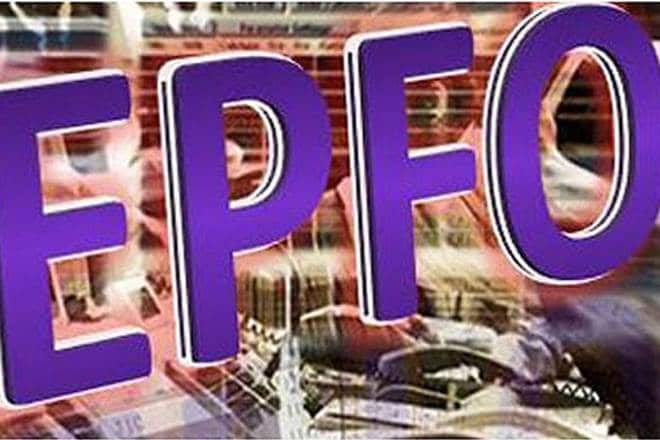A joint report by Crisil and the pension regulator PFRDA on Thursday pitched for greater allocation of pension monies into equity, saying the current system is skewed towards debt. It also recoommended great focus on voluntary pension to increase the pension coverage for the country’s gargantuan unorganised sector.
The government, the report said, could also look at providing flexible payment and withdrawal options for the sector and give monetary incentives for the lower-income strata to join pension schemes, while also devising exclusive pension scheme for women.
Also Watch:
Calling for an improvement in asset allocation by pension fund managers, the report titled, ‘Financial security for India’s elderly — the imperatives,’ said, “Pension system (in the organised sector) is skewed towards debt, compared with global peers, which are strongly invested in equity. The debt skew is despite the demographic advantage the country has and is expected to enjoy over a long term. The young population has a long-term investment horizon, which calls for greater allocation to a long-term asset class such as equity for wealth creation, to meet the needs in sunset years.”
The government could also look at auto enrolment of people who are part of the ‘employee–employer’ set up but are not covered due to various reasons, it added. Every fifth Indian will be 60 plus by 2050 and the country should popularise pension products, make personal finance part of education curriculum and incentivise intermediaries to increase product penetration, according to the report.
The defined benefit pension framework is now being slowly diminished. While countries such as France moved completely to defined contribution, India too adopted defined contribution system in 2004 for central government staff and is in the process of extending the same to the private sector. The National Pension System was initially opened for government employees and eventually for all. The NPS subscriber base is close to 1.6 crore at present, much below potential.
Many analysts have pointed out that an exempt-exempt-exempt (EEE) tax status for NPS, similar to how EPF is treated, will help expand the NPS subscriber base. Only 13% of household savings went into provident/pension funds in 2015-16 compared with 44% into deposits, the PFRDA-Crisil report said. At the same, the single-most hurdle for the country is lack of penetration of pension products despite options such as pension plans from mutual funds and insurance companies being available. This affects the unorganised sector the most which makes up 82.7% of the total employed population of the country.
The report highlighted declining support of traditional families. The average Indian household size has come down to 4.45 members per family in 2011 from 4.67 in 2001.


